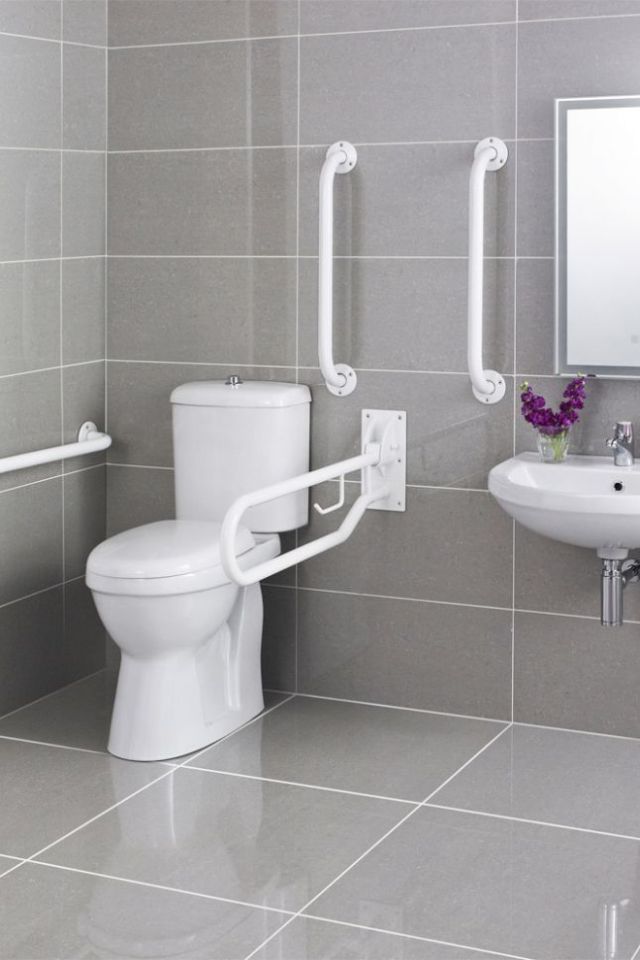Nothing more to see
Image by Don Harder
Before the Covid-19 pandemic started, Kainoa Dall had spent time out with friends, writing music with band mates, and performing at open mic-nights. But then in the spring of 2020, he found himself stuck at home with a Netflix subscription and too much time on his hands.
So he did what most of us did and began the deep plunge into mass consumption of streaming services. “I’d scroll through hundreds of options on Netflix and feel like there was nothing to watch,” he said. “But now it feels like I watched so much that there truly is nothing more to see!”
The Turn of the Tide
Image by Thomas VanSelus
On the subject of evolving media and entertainment, it becomes ironic how the time when everyone was locked in their houses, forced to remain stagnant in their lives is the same time when entertainment took massive steps in a new direction. The lockdowns during the pandemic changed how many people got their entertainment. What went from group outings to the local theater, became solemn solitary nights in getting lost in the shuffle of the countless options. However, over time people adapt and begin adjusting to the idea of staying in and dealing with streaming services. As a result, streaming media take even more ground in the realm of entertainment, and some concerned theater goers think theaters are being pushed more and more onto their last leg.
To Speed run a Year
One such movie goer is April James. “I can’t believe how much has changed in such a short time,” she said. “It’s like the last year or so was like a speed run in terms of development for entertainment.”
April noticed that entertainment was moving in the direction of being centered around streaming, but quarantine sped up what was going to happen. This makes sense when you look back at the history of streaming. “I mean it’s like when Netflix vs Blockbuster was a thing. It felt like Blockbuster would just, like, always be there.” April lamented with a sad hint in her voice. “But Netflix just took over slowly then all at once.” In all, streaming services, especially with how widespread and varied they are now, combine cable TV, movie rental stores, and movie theaters all in one. And little by little, streaming has phased out each of those in public use. The last big one streaming had to deal with was theaters.
Image by Richard Harvey
This would be a challenge for streaming and has still proven to be a factor of entertainment it needs to address. “It was like an event when a new movie came out,” said Diamond Altman, senior civil engineering student. “Everyone would talk about it, you’d go with your friends to see it, you’d all go eat somewhere after and talk about it. It was a thing to do. Now it comes on a streaming app and it’s almost forgettable. I almost get more excited when an old movie I’ve wanted to watch comes back to Hulu so I can watch it again. A lot of the time, I forget when a new movie comes out since it gets lost in the mix. I barely even know what’s new, just came out or is old already.”
In the eyes of April James, however, this is a more positive development. “I love the new streaming releases. Since everyone can see the movie at the same time, everyone can talk about it all at once. The whole internet buzzes with people talking about anything new that comes out.” She reflects on when Kong vs. Godzilla came out remotely. “My family would always go together to see monster movies but I haven’t been able to see them in so long. So it’s nice that when [Kong vs. Godzilla] came out, my family and I could watch it at the same time and call each other afterwards as if we were together.”
Cheaper, Easier, Faster
Image by Stock Catalog
As with the fall of in person DVD rental stores, theaters face the same problem of not being adaptable to the new age of technological convenience. When it came to the growth of streaming services and the decline of in store rentals like Blockbuster, Erik Gruenwedel posed the question: “Do you want to watch a new-release movie at a moment’s notice available at a store or kiosk a few miles away or make do with inferior content?” Gruenwedel brings up the benefit that in-person interactions have on an overall service. However, predictably, people went for the cheaper, easier, and faster option of Netflix despite any benefit “in-person quality” that Blockbuster had. Many people now see the same scythe swinging towards movie theaters.
Although it can seem less likely to happen since movie theaters have become a cultural constant in regular life, they feel almost eternal. Even after the earth has still long crumbled and been consumed by the sun- there will still be, somewhere, a sticky soda stained floor and stale popcorn stuck between horribly uncomfortable seats. But it looks as though the death of the movie theater was inevitable in this digital age and the pandemic did not cause it, but facilitated a massive abrupt shift away from theaters. According to Michael Johnson Jr., a social scientist in California, “The industry must have a certain number of films or episodes in ‘the production pipeline’ to feed the consumer diet, so that their demand is met according to a predictable schedule.” And with people stuck at home, the most logical choice for studios to make was to cater distribution to streaming apps.
As far as streaming services go, there is a lot that goes into making a good service. With so much competition these days, it takes a lot to get people’s eyes on your app and money from their wallets. From this, a study was done in 2018 by Adesegun Oyedele and Penny Simpson who broke down the values people have of streaming apps into 5 categories: Cognitive effort, Convenience, Monetary value, Emotional Value, and Social Value. They studied how these 5 values impact Identity Salience, how likely someone is to recommend the service and how many hours someone would use the service. They found that identity salience was heavily influenced by emotional value and social value. Also the only value that did not influence the users likelihood of recommending the app was Monetary. In fact they found that monetary value had very limited effects on anything.
And when we take that into account, it becomes a case of pros and cons between streaming and theaters. Theaters offer an event and social value, but that social value diminishes if someone is too busy to go see the new movie out. Whereas with streaming, you can do it from home while doing anything. And who would want to pay for expensive theater tickets and overpriced food when you can stay home and eat your own food at no extra cost. So on all counts, streaming apps beat out theaters. In the same way these factors spelt the end of DVD rental stores, it seems possible theater’s days are numbered and the future will move towards 100% totally digital streamed distribution of media and entertainment.
Image by kaykaybarrie
Works Cited
Gruenwedel, Erik. “Netflix Versus Blockbuster: Who Wins? CNET Editors Declare Netflix the Best Rental Service Compared with Blockbuster. But Did They Really Look at the Whole Picture?” Home Media Magazine, vol. 33, no. 35, Questex Media Group, LLC Delaware, 2011, p. 3.
Johnson Michael Jr. “Hollywood Survival Strategies in the Post-COVID 19 Era.” Humanities & Social Sciences Communications, vol. 8, no. 1, Palgrave Macmillan, 2021, pp. 1–8, doi:10.1057/s41599-021-00776-z.
“New Streaming App Dedicated to Helping People Transform Their Health.” Obesity, Fitness, & Wellness Week, NewsRX LLC, 2016, p. 1583.
Oyedele, Adesegun, and Penny M. Simpson. “Streaming Apps: What Consumers Value.” Journal of Retailing and Consumer Services, vol. 41, Elsevier Ltd, 2018, pp. 296–304, doi:10.1016/j.jretconser.2017.04.006.
Roxborough, Scott. “U.S. Shows Are Scarce at Global TV Market Stateside COVID Production Stops May Lead to Changing International Television Tastes.” The Hollywood Reporter, vol. 426, no. 27, Prometheus Global Media LLC, 2020, pp. 100–100.






